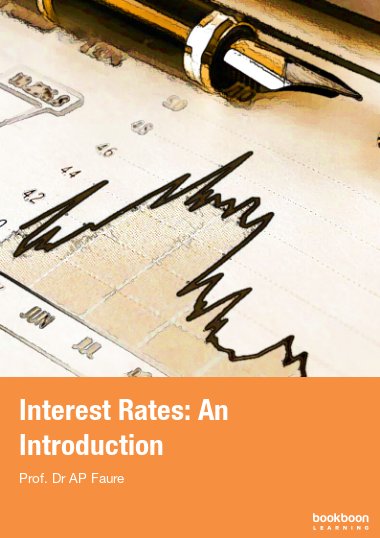The interest rate is the chief target of monetary policy, and central banks have the ability to control short-term interest rates to the extent of almost 100%. Longer-term interest rates are anchored in short-term rates. The principal interest rate targeted is the banks’ prime lending rate (PR) (which is a benchmark rate, ie all bank lending rates are referenced on PR). Why? Because new bank lending is the counterpart of money creation, and bank lending / money creation is a reflection of nominal GDP growth (government, companies and individuals borrow to undertake additional expenditure / investment). The purpose on monetary policy is to influence, via PR, the borrowers’ borrowing behaviour – the demand for credit. How do central banks control PR? They do so by setting their own lending rate to the banks, the policy interest rate (PIR), and by forcing the banks to borrow from the central bank at the PIR – or threatening to force the banks to borrow from it at the PIR. The PIR heavily influences market interest rates and ultimately the PR, and therefore the demand for credit.


